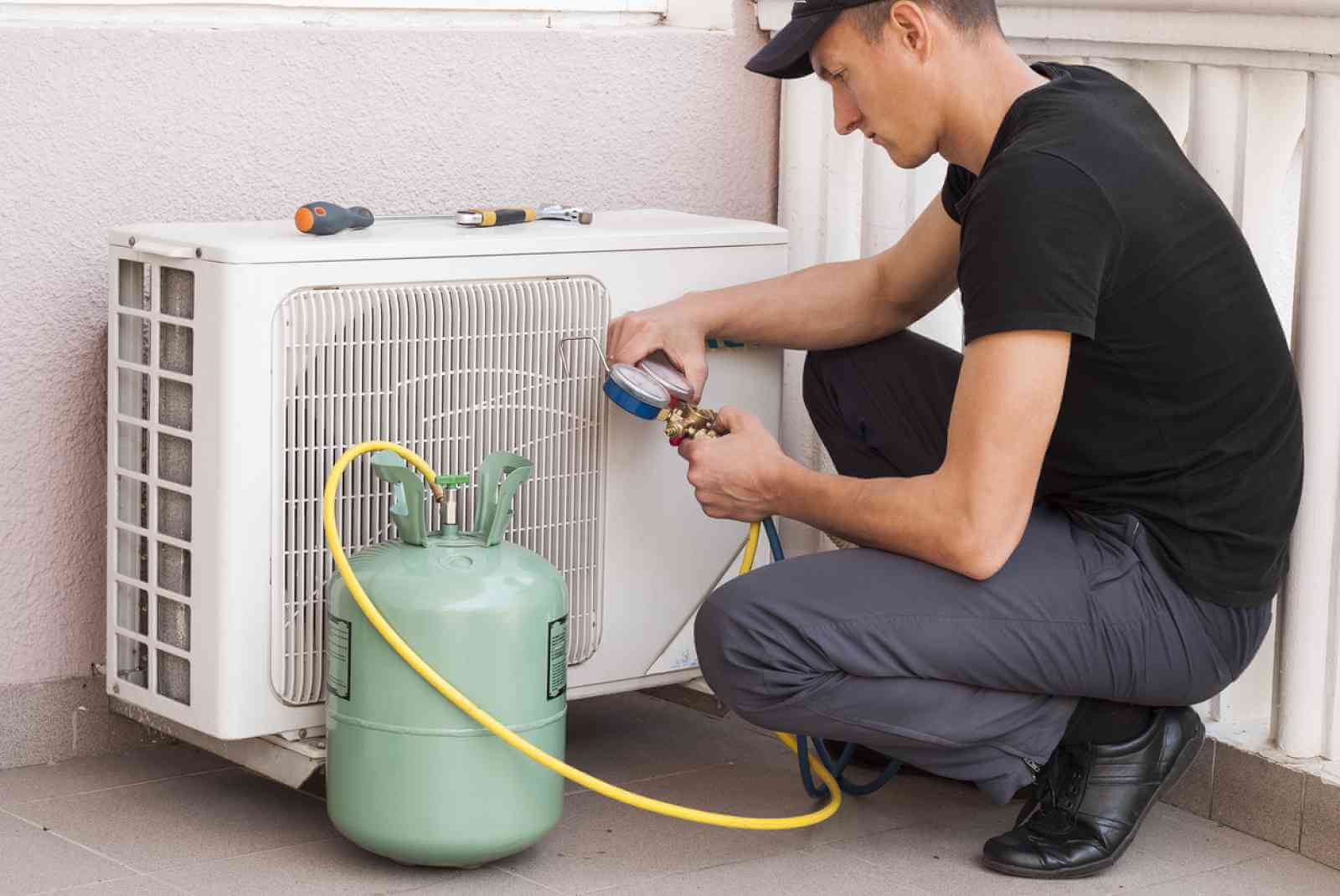

Articles
How To Check Refrigerant Level In HVAC
Modified: October 20, 2024
Learn how to check the refrigerant level in your HVAC system with our informative articles. Ensure optimal performance and efficiency.
(Many of the links in this article redirect to a specific reviewed product. Your purchase of these products through affiliate links helps to generate commission for Storables.com, at no extra cost. Learn more)
Introduction
Welcome to our comprehensive guide on how to check refrigerant levels in HVAC systems. As a homeowner or HVAC technician, it’s important to ensure that your HVAC system is running efficiently and effectively. One crucial aspect of maintaining an optimal HVAC system is regularly monitoring and checking the refrigerant levels.
Refrigerant plays a vital role in the cooling process of your HVAC system. It is responsible for absorbing heat from indoor air and releasing it outside, providing you with a comfortable and temperature-controlled living environment. However, over time, refrigerant levels may diminish due to leaks or other issues, which can negatively impact the system’s performance and energy efficiency.
In this article, we will explain the importance of checking refrigerant levels, the signs of low refrigerant, and provide you with a step-by-step guide on how to check and maintain the proper refrigerant levels in your HVAC system. Whether you are a DIY enthusiast or a professional HVAC technician, this guide will equip you with the knowledge and resources to ensure that your HVAC system is running at its best.
Key Takeaways:
- Regularly checking and maintaining proper refrigerant levels in your HVAC system is crucial for optimal performance, energy efficiency, and preventing potential problems that can lead to increased energy consumption and system wear and tear.
- Signs of low refrigerant levels, essential tools for checking refrigerant, and the step-by-step process for monitoring levels are vital aspects to ensure the efficient operation and longevity of your HVAC system.
Read more: How To Check The Refrigerant Level Of An AC
Understanding Refrigerant Levels in HVAC Systems
Before we dive into the process of checking refrigerant levels, it’s essential to understand what exactly refrigerant is and its role in HVAC systems.
Refrigerant is a chemical substance that circulates through the HVAC system, absorbing heat from indoor air and releasing it outside, resulting in cool and comfortable air indoors. It undergoes a continuous cycle of evaporation and condensation to facilitate the cooling process.
The HVAC system consists of an evaporator coil, a condenser coil, a compressor, and a metering device. The refrigerant moves through these components, changing its state from a gas to a liquid and back again.
The refrigerant levels in the HVAC system must be precisely regulated to ensure optimal performance. When the refrigerant is at the correct level, the system can effectively remove heat from the indoor air. However, if the levels are too low, the cooling capacity of the system will be compromised, leading to inefficient cooling and increased energy consumption.
Regularly checking and maintaining the refrigerant levels in your HVAC system is crucial to prevent potential problems and keep your system running smoothly. Insufficient refrigerant levels can lead to reduced cooling capacity, decreased energy efficiency, and premature wear and tear on the system components.
It’s important to note that refrigerant is a hazardous substance and should only be handled by trained professionals. If you suspect a refrigerant leak or have concerns about the refrigerant levels in your HVAC system, it’s best to consult with a licensed HVAC technician who has the knowledge and expertise to handle refrigerant safely.
Signs of Low Refrigerant Levels
Keeping an eye out for signs of low refrigerant levels in your HVAC system is essential for maintaining its efficiency and ensuring your comfort. Here are some common indicators that your system may be experiencing low refrigerant levels:
- Warm air blowing from vents: If you notice that the air coming from your vents is not as cool as it used to be, it could be a sign of low refrigerant levels. Insufficient refrigerant makes it harder for your system to remove heat from the indoor air, resulting in warmer air blowing into your living space.
- Inconsistent cooling: If some areas of your home feel cooler than others or if you notice uneven cooling, it may be due to low refrigerant levels. Insufficient refrigerant can result in reduced cooling capacity, leading to temperature inconsistencies throughout your home.
- Frequent system cycling: A system with low refrigerant levels may cycle on and off more frequently than usual. This is because the system is struggling to reach the desired temperature due to reduced cooling capacity, causing it to work harder and cycle more frequently.
- Ice build-up on refrigerant lines: Check the refrigerant lines near the outdoor unit of your HVAC system. If you notice ice formation on the lines, it could be a sign of low refrigerant levels. The inadequate refrigerant flow can cause the lines to freeze and hinder the system’s ability to transfer heat effectively.
- Higher energy bills: When your HVAC system is low on refrigerant, it has to work harder and longer to achieve the desired temperature, resulting in increased energy consumption. If you notice a sudden spike in your energy bills without any other explanation, it may be due to low refrigerant levels.
If you observe any of these signs, it’s important to address the issue promptly. Low refrigerant levels can strain your HVAC system, decrease its efficiency, and potentially lead to more severe problems if not resolved in a timely manner.
Importance of Checking Refrigerant Levels
Regularly checking the refrigerant levels in your HVAC system is crucial for several reasons. Let’s explore the importance of monitoring and maintaining proper refrigerant levels:
- Optimal Performance: The refrigerant is responsible for absorbing heat from the indoor air and releasing it outside, ensuring effective cooling. When the refrigerant levels are too low, the system’s ability to remove heat from the air is compromised, resulting in reduced cooling capacity and inefficient performance. By checking and maintaining proper refrigerant levels, you can ensure that your HVAC system operates at its optimal performance, keeping your home comfortable and cool.
- Energy Efficiency: Insufficient refrigerant levels can significantly impact the energy efficiency of your HVAC system. When the system lacks an adequate amount of refrigerant, it needs to work harder and longer to achieve the desired temperature. This increased workload not only puts a strain on the system but also leads to higher energy consumption. By regularly checking and refilling refrigerant levels, you can help maximize the energy efficiency of your HVAC system, which can lead to cost savings on your energy bills.
- Reduced Wear and Tear: Low refrigerant levels can cause the HVAC system’s components, such as the compressor and evaporator coil, to work harder than necessary. This increased workload can lead to premature wear and tear on these vital components, reducing their lifespan and potentially resulting in expensive repairs or replacements. By ensuring proper refrigerant levels, you can help prolong the lifespan of your HVAC system and minimize the risk of costly breakdowns.
- Preventive Maintenance: Monitoring and maintaining refrigerant levels is an essential part of preventive maintenance for your HVAC system. By regularly checking the levels, you can identify small leaks or other issues early on before they develop into more significant problems. Identifying and addressing these issues promptly can help prevent major system malfunctions and extend the life of your HVAC system.
- Comfort and Indoor Air Quality: When your HVAC system has the correct refrigerant levels, it can efficiently cool and dehumidify the indoor air, ensuring a comfortable living environment. Insufficient refrigerant levels can lead to temperature inconsistencies, increased humidity, and reduced indoor air quality. By maintaining proper refrigerant levels, you can enjoy consistent cooling, optimal humidity levels, and improved indoor air quality.
Regularly checking and maintaining the refrigerant levels in your HVAC system is essential to ensure its optimal performance, energy efficiency, and longevity. Consult with a licensed HVAC technician who can help you accurately measure and refill the refrigerant as needed, ensuring your system operates at its best.
You can check the refrigerant level in your HVAC system by using a refrigerant pressure gauge to measure the pressure in the system. Low pressure may indicate a low refrigerant level, while high pressure may indicate an overcharged system.
Tools and Equipment Needed for Checking Refrigerant Levels
Checking the refrigerant levels in your HVAC system requires specific tools and equipment to ensure accurate measurements. Here are the essential tools you’ll need:
- Manifold Gauge Set: A manifold gauge set is a crucial tool for measuring the pressure and temperature of the refrigerant in your HVAC system. It consists of a set of gauges that connect to the service ports on the system, allowing you to read the pressure levels on the high and low sides of the system. The gauge set provides valuable information to determine if the refrigerant levels are within the proper range.
- Thermometer: A thermometer with a probe is needed to measure the temperature of the air entering and exiting the evaporator coil. This allows you to evaluate the temperature drop across the coil and assess the cooling efficiency of the system. A digital infrared thermometer can also be used to measure the temperature of specific components quickly and accurately.
- Refrigerant Leak Detector: A refrigerant leak detector is a handheld device that detects the presence of refrigerant in the air. It is used to identify leaks in the system, which can cause low refrigerant levels. This tool is essential for diagnosing leaks and addressing them promptly to prevent further refrigerant loss.
- Protective Gear: Handling refrigerant requires wearing protective gear to ensure safety. This typically includes safety goggles, gloves, and a mask or respirator to protect against potential refrigerant leaks and harmful fumes.
- Flashlight: A flashlight is essential for illuminating the areas around the HVAC system, especially when checking for refrigerant leaks or inspecting components in dark or hard-to-reach areas.
- Notebook and Pen: Keeping a notebook and pen handy is always useful for recording pressure and temperature readings, documenting any issues or observations, and maintaining a history of the HVAC system’s refrigerant levels for future reference.
It’s important to note that handling refrigerant and performing maintenance on an HVAC system can be dangerous if not done correctly. If you are not familiar with the tools or procedures involved, it is highly recommended to consult with a licensed HVAC technician who has the knowledge and experience to handle refrigerant safely.
Step-by-Step Guide to Checking Refrigerant Levels
Checking the refrigerant levels in your HVAC system requires careful attention to detail and following specific steps. Here’s a step-by-step guide to help you through the process:
- Turn off the HVAC System: Before starting any maintenance or inspection, ensure that the HVAC system is turned off. This will prevent any potential accidents or injuries during the process.
- Locate the Service Ports: Locate the service ports on your HVAC system. The high-pressure side port is typically covered with a red cap, and the low-pressure side port is covered with a blue cap. These ports allow access to the refrigerant lines for pressure measurements.
- Connect the Manifold Gauge Set: Attach the manifold gauge set to the appropriate service ports. The high-pressure side gauge connects to the high-pressure side port, and the low-pressure side gauge connects to the low-pressure side port. Ensure a secure connection to prevent any refrigerant leaks or inaccurate readings.
- Check the Pressure Readings: With the gauges connected, turn on the HVAC system. Allow it to run for a few minutes to stabilize. Take note of the pressure readings on the high and low sides displayed on the gauges. These readings will provide insights into the system’s refrigerant levels. Refer to the manufacturer’s specifications or consult an HVAC professional to determine the ideal pressure range for your system.
- Measure Temperature Drop: Use a thermometer to measure the temperature of the air entering and exiting the evaporator coil. The temperature difference, or temperature drop, should typically be around 15-20 degrees Fahrenheit. If the temperature drop is significantly lower, it may indicate low refrigerant levels.
- Inspect for Refrigerant Leaks: Use a refrigerant leak detector to check for any refrigerant leaks in the system. Slowly move the leak detector around the HVAC system, focusing on connections, joints, and areas where leaks commonly occur. If any leaks are detected, it’s crucial to address them promptly to prevent further refrigerant loss.
- Record Readings and Observations: Take note of the pressure and temperature readings, as well as any observations or issues you notice during the inspection. These records can be helpful for future reference or when consulting with an HVAC professional.
- Consult with an HVAC Professional: If you are unsure about the readings, notice significant deviations, or suspect refrigerant issues, it’s best to consult with a licensed HVAC professional. They can accurately analyze the readings, diagnose any problems, and recommend appropriate solutions.
Remember that handling refrigerant and performing maintenance on an HVAC system can be hazardous if not done correctly. If you are uncomfortable or unfamiliar with the process, it’s always best to seek the assistance of a qualified HVAC technician.
Precautions and Safety Measures
When it comes to checking refrigerant levels in HVAC systems, it’s crucial to prioritize safety. Here are some essential precautions and safety measures to keep in mind:
- Turn Off the HVAC System: Before beginning any maintenance or inspection, ensure that the HVAC system is turned off. This prevents the system from accidentally starting while you are working on it, reducing the risk of injury or damage.
- Wear Protective Gear: Handling refrigerant requires wearing appropriate protective gear to ensure your safety. This typically includes safety goggles to protect your eyes from any leaks or splashes, gloves to prevent direct contact with refrigerant, and a mask or respirator to avoid inhaling any harmful fumes.
- Work in a Well-Ventilated Area: When checking refrigerant levels, it’s essential to work in a well-ventilated area to minimize the inhalation of refrigerant fumes. If you are working indoors, ensure that windows and doors are open or use fans to facilitate air circulation.
- Avoid Open Flames and Sparks: Refrigerant is flammable, so it’s important to avoid open flames and sparks in the vicinity. Do not smoke, use open flames, or operate any electrical equipment that could create sparks while checking refrigerant levels.
- Prevent Refrigerant Leaks: Take extra care when connecting and disconnecting the manifold gauge set to prevent any refrigerant leaks. Ensure that the connections are secure and that the valves on the gauge set are properly closed when not in use.
- Be Cautious Around Moving Parts: When inspecting the HVAC system, be cautious around moving parts such as fans and belts. Avoid placing your hands or any objects near these parts while the system is running to prevent accidents or injuries.
- Consult with a Professional if in Doubt: If you are unsure about any aspect of checking refrigerant levels or if you encounter any difficulties, it’s best to consult with a licensed HVAC professional. They have the expertise and experience to handle refrigerant safely and accurately diagnose any issues or leaks.
- Properly Dispose of Refrigerant: If you determine that your HVAC system requires refrigerant recharge or repairs, ensure that you dispose of any leftover or excess refrigerant properly. Improper disposal can have detrimental effects on the environment, so consult with local regulations or contact a professional to handle the disposal process.
Remember, your safety should always be the top priority when working with refrigerant or performing maintenance on your HVAC system. If you are uncertain or uncomfortable with any aspect of the process, seek the assistance of a qualified HVAC technician who can ensure the job is done safely and effectively.
Conclusion
Checking the refrigerant levels in your HVAC system is a crucial maintenance task that ensures optimal performance, energy efficiency, and comfort in your home. By understanding the importance of maintaining proper refrigerant levels and following the necessary steps, you can keep your HVAC system running smoothly and avoid potential issues down the line.
Low refrigerant levels can lead to reduced cooling capacity, increased energy consumption, and premature wear and tear on system components. By regularly checking and maintaining the refrigerant levels, you can prevent these problems and maximize the lifespan of your HVAC system.
Throughout this guide, we have discussed the signs of low refrigerant levels, the tools and equipment needed for checking refrigerant, and the step-by-step process to follow. It is important to emphasize that working with refrigerant can be dangerous, and it is best to consult with a licensed HVAC professional if you are unsure or uncomfortable with any aspect of the procedure.
Additionally, taking necessary precautions and safety measures, such as wearing protective gear, working in a well-ventilated area, and following proper disposal procedures, is crucial to ensure your safety and the proper handling of refrigerant.
In conclusion, regular monitoring and maintenance of refrigerant levels in your HVAC system are essential for its efficient operation and your comfort. By being proactive and taking the necessary steps, you can enjoy a properly functioning HVAC system that keeps your home cool and comfortable for years to come.
Frequently Asked Questions about How To Check Refrigerant Level In HVAC
Was this page helpful?
At Storables.com, we guarantee accurate and reliable information. Our content, validated by Expert Board Contributors, is crafted following stringent Editorial Policies. We're committed to providing you with well-researched, expert-backed insights for all your informational needs.
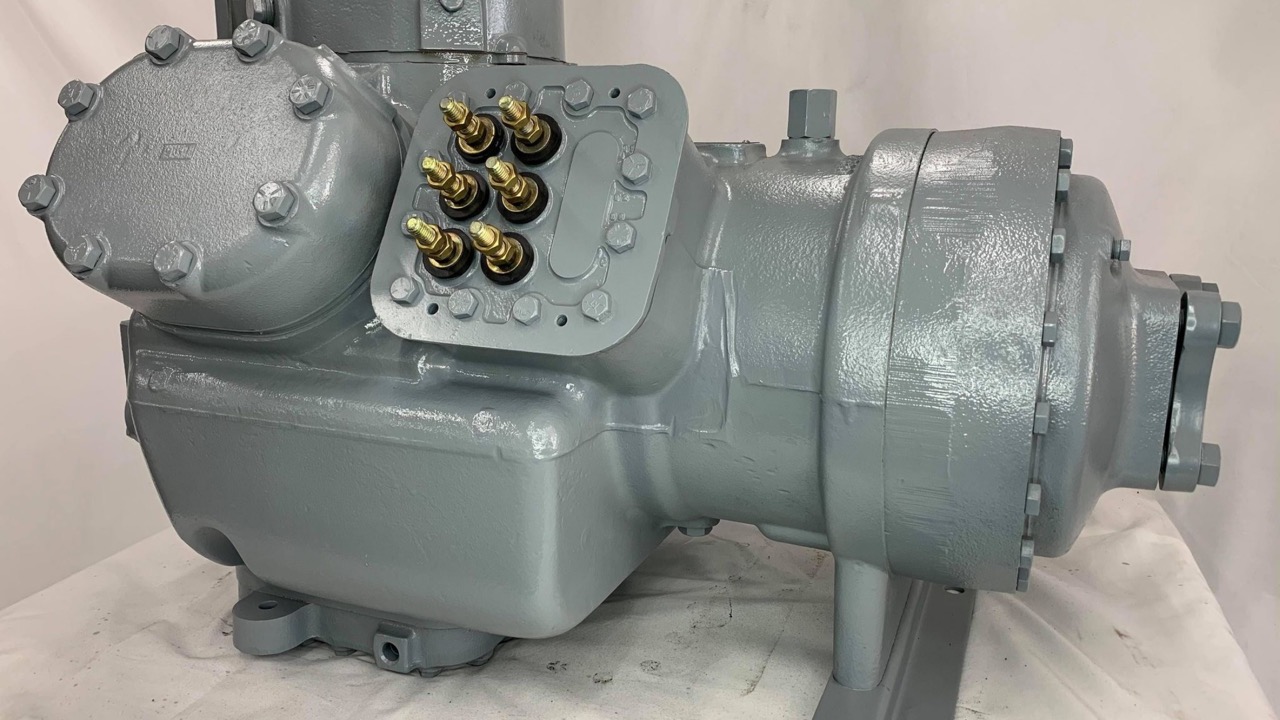
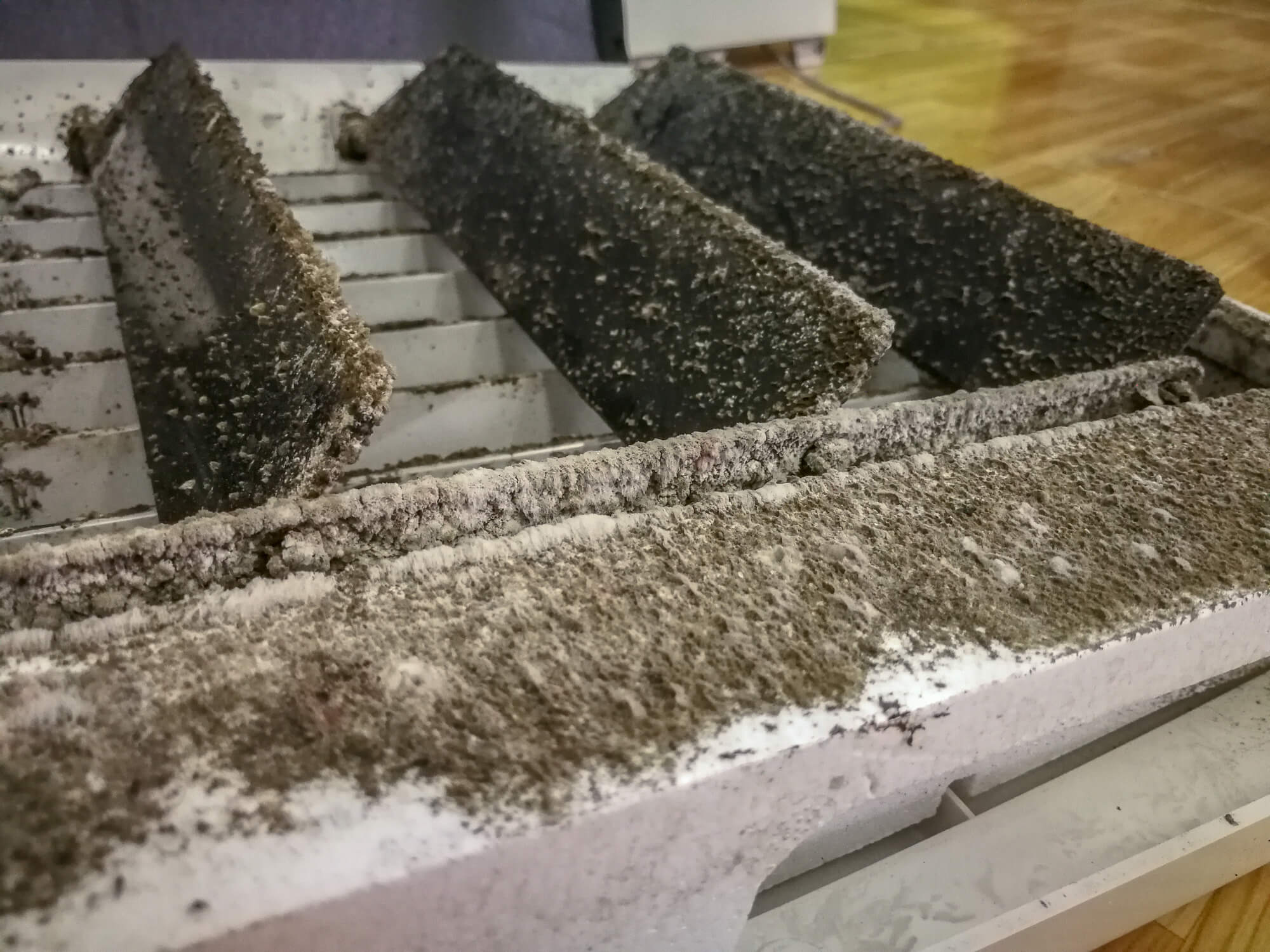
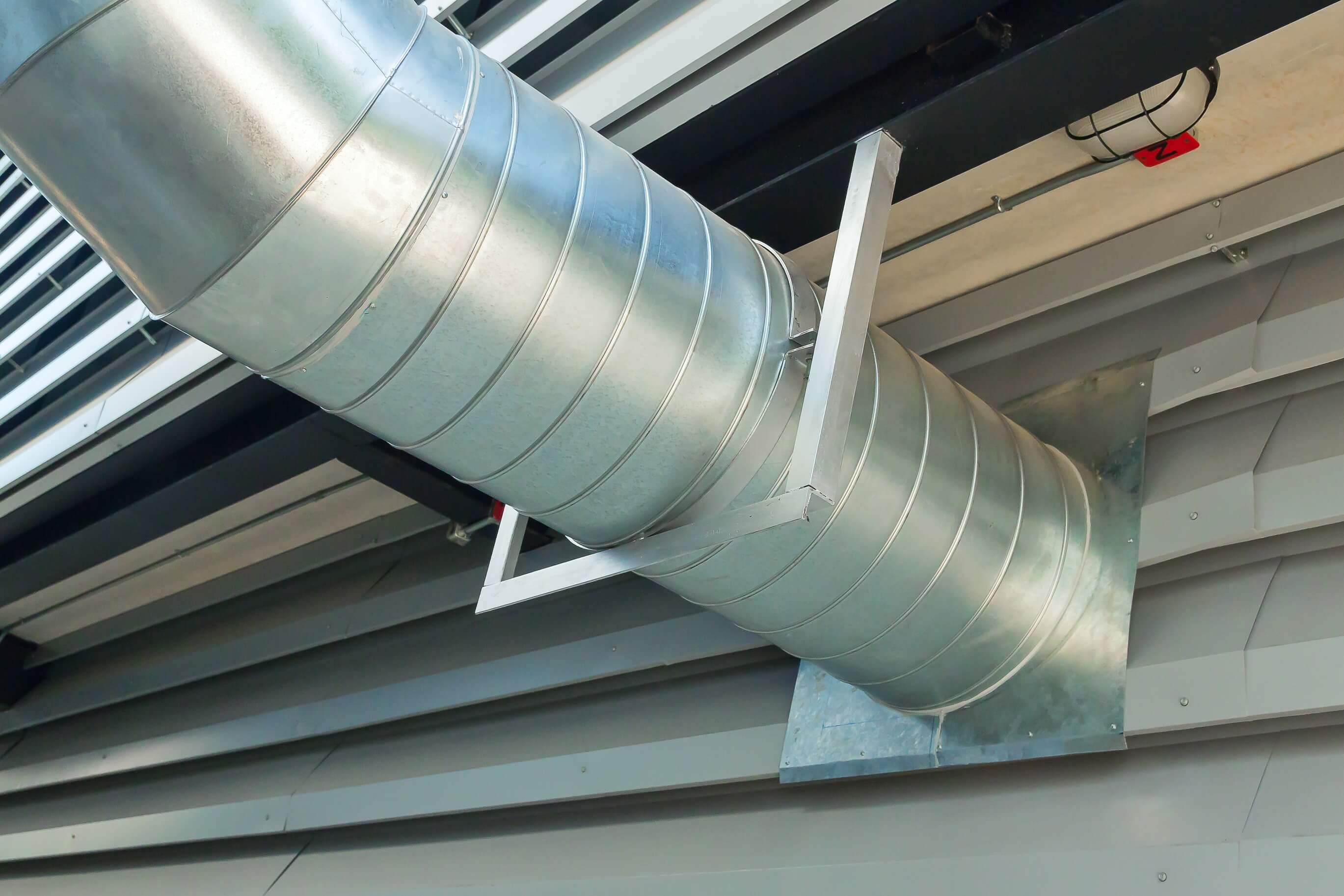
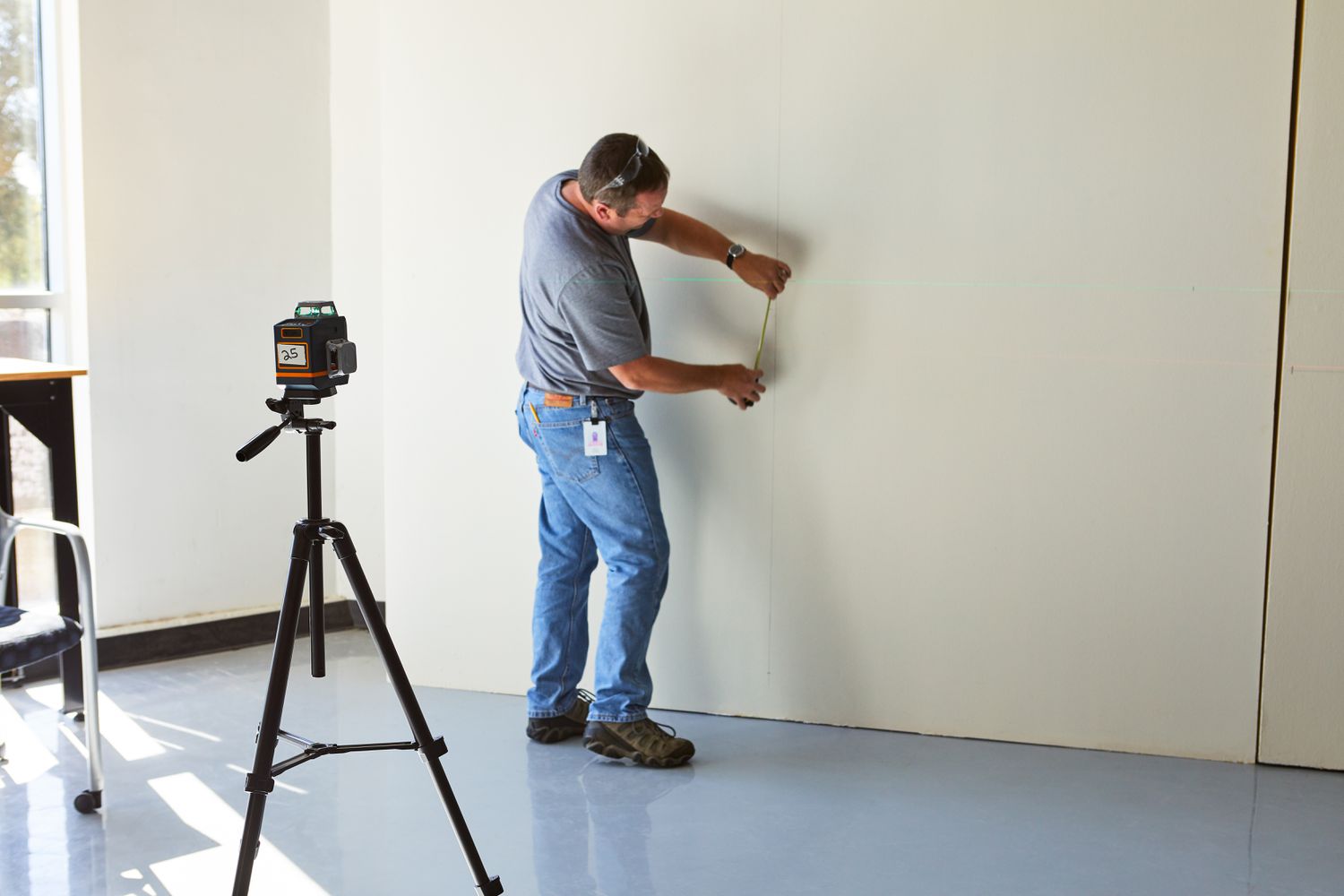
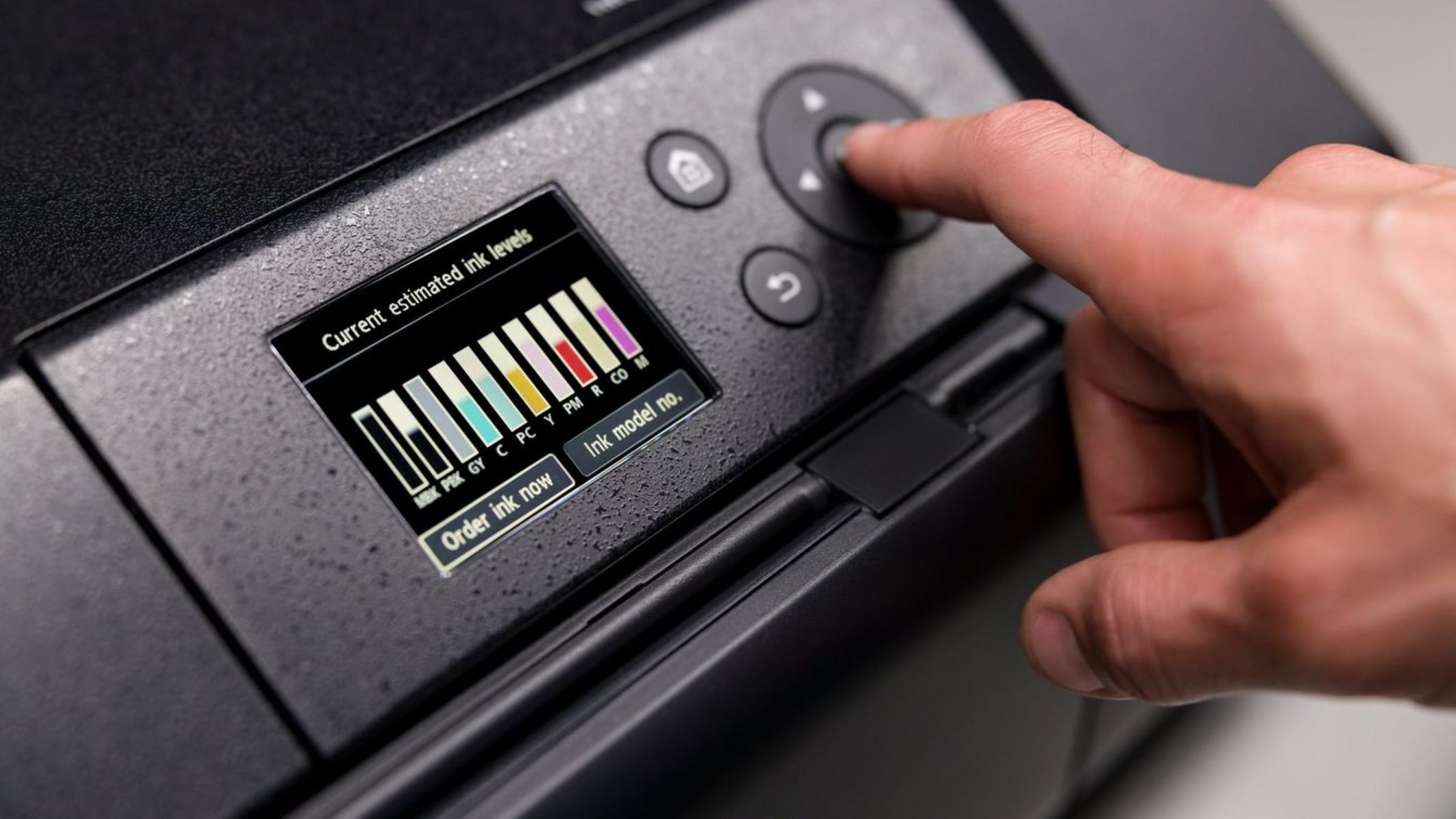
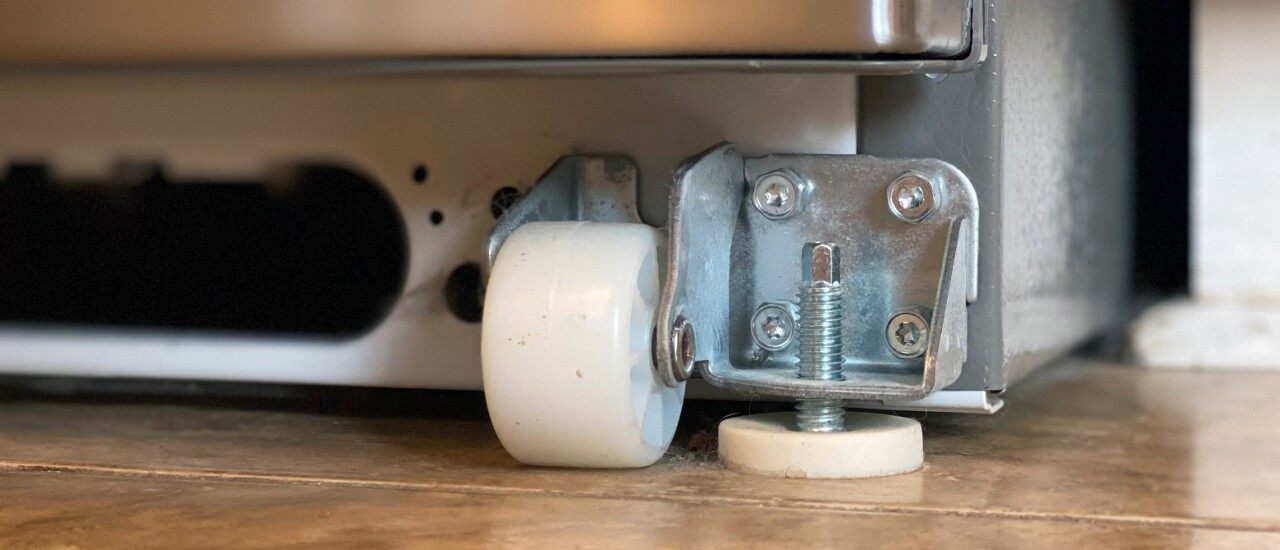
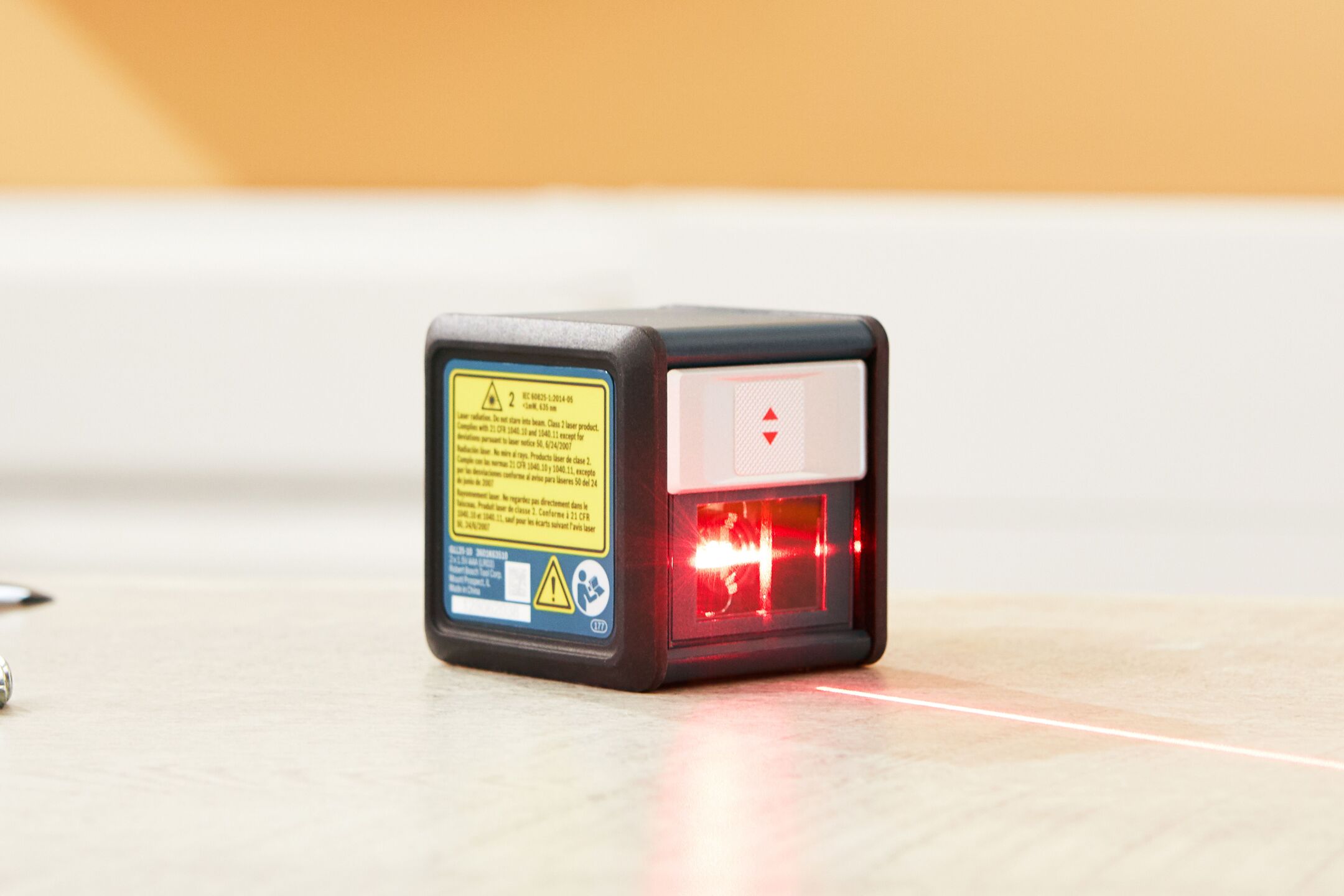
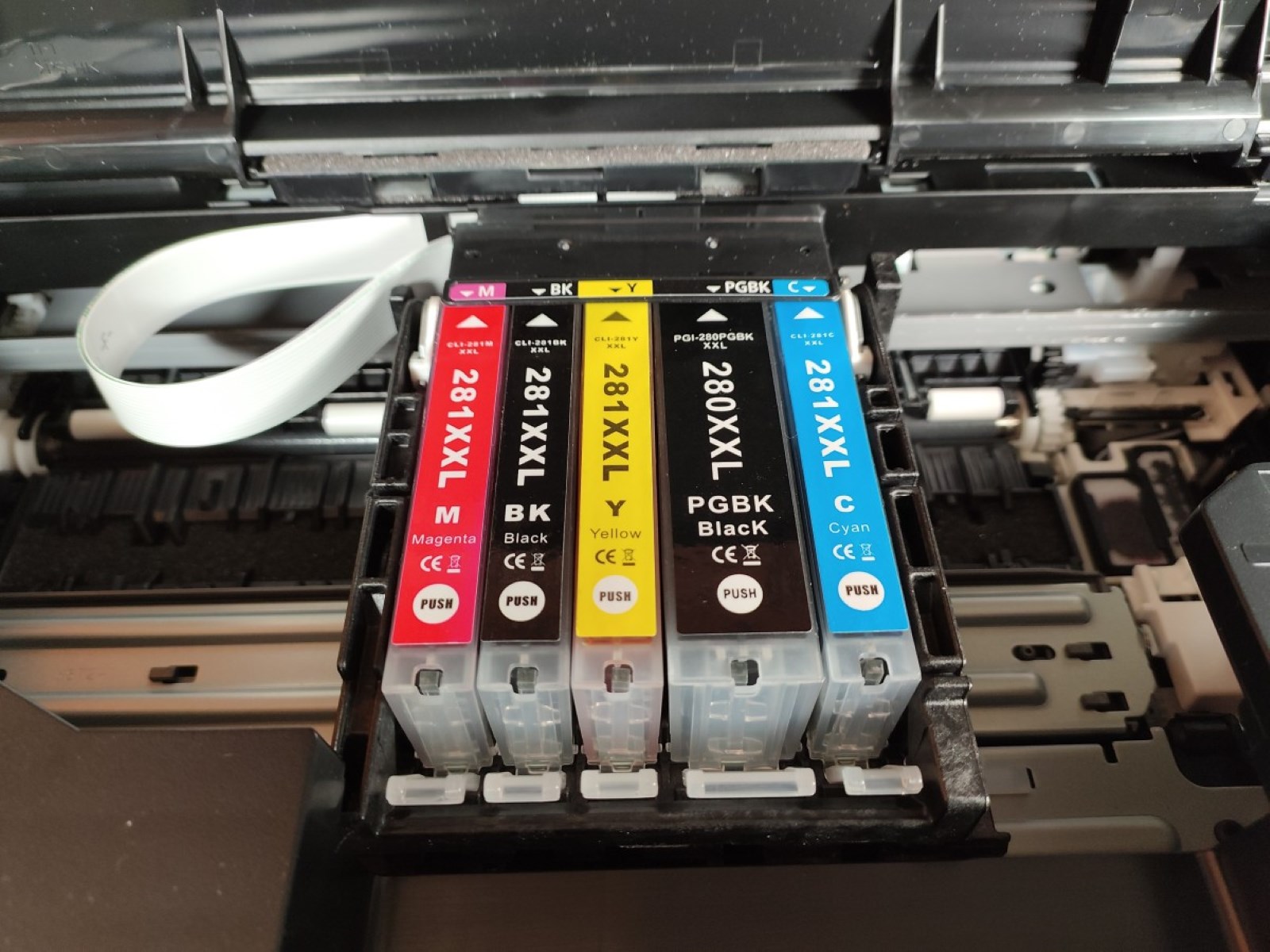
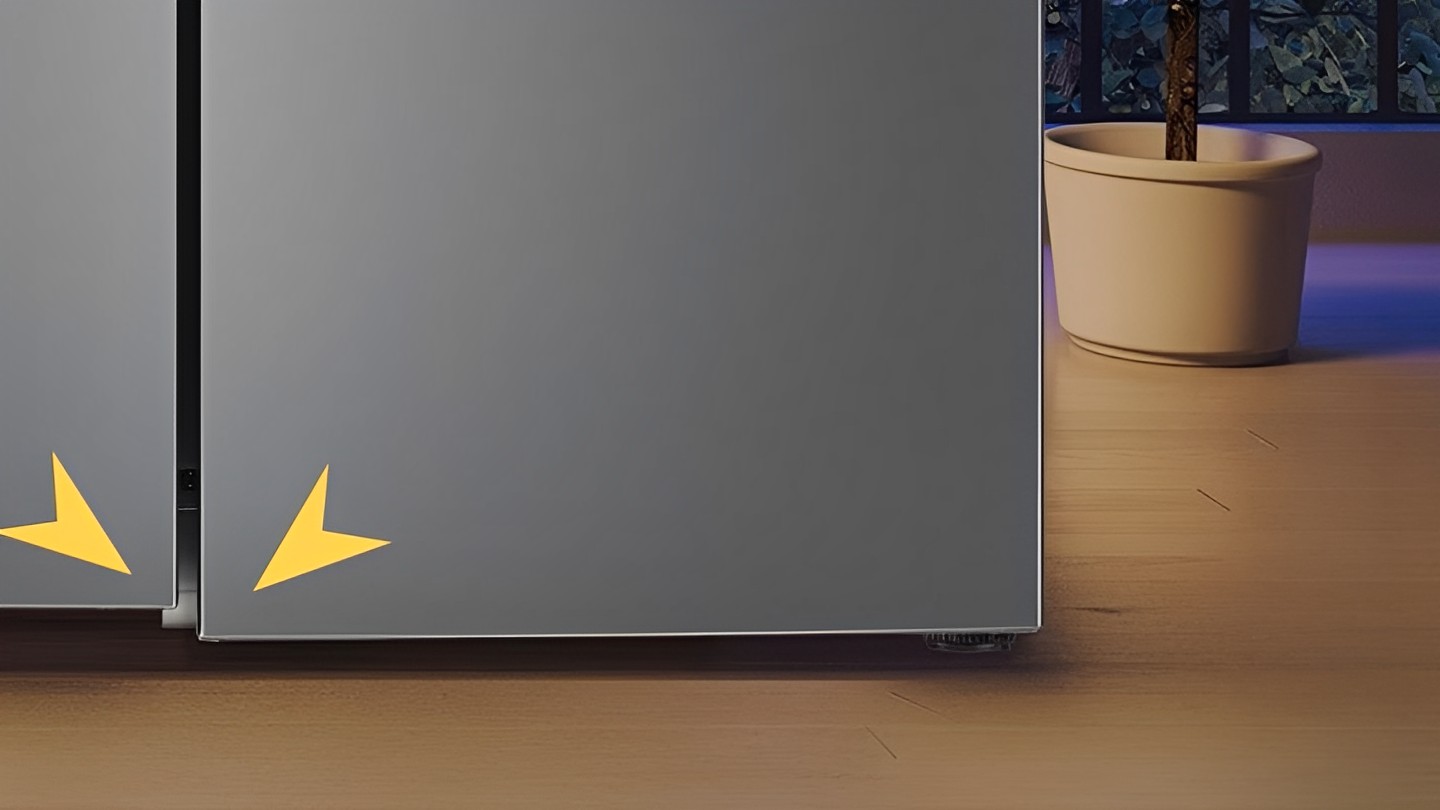
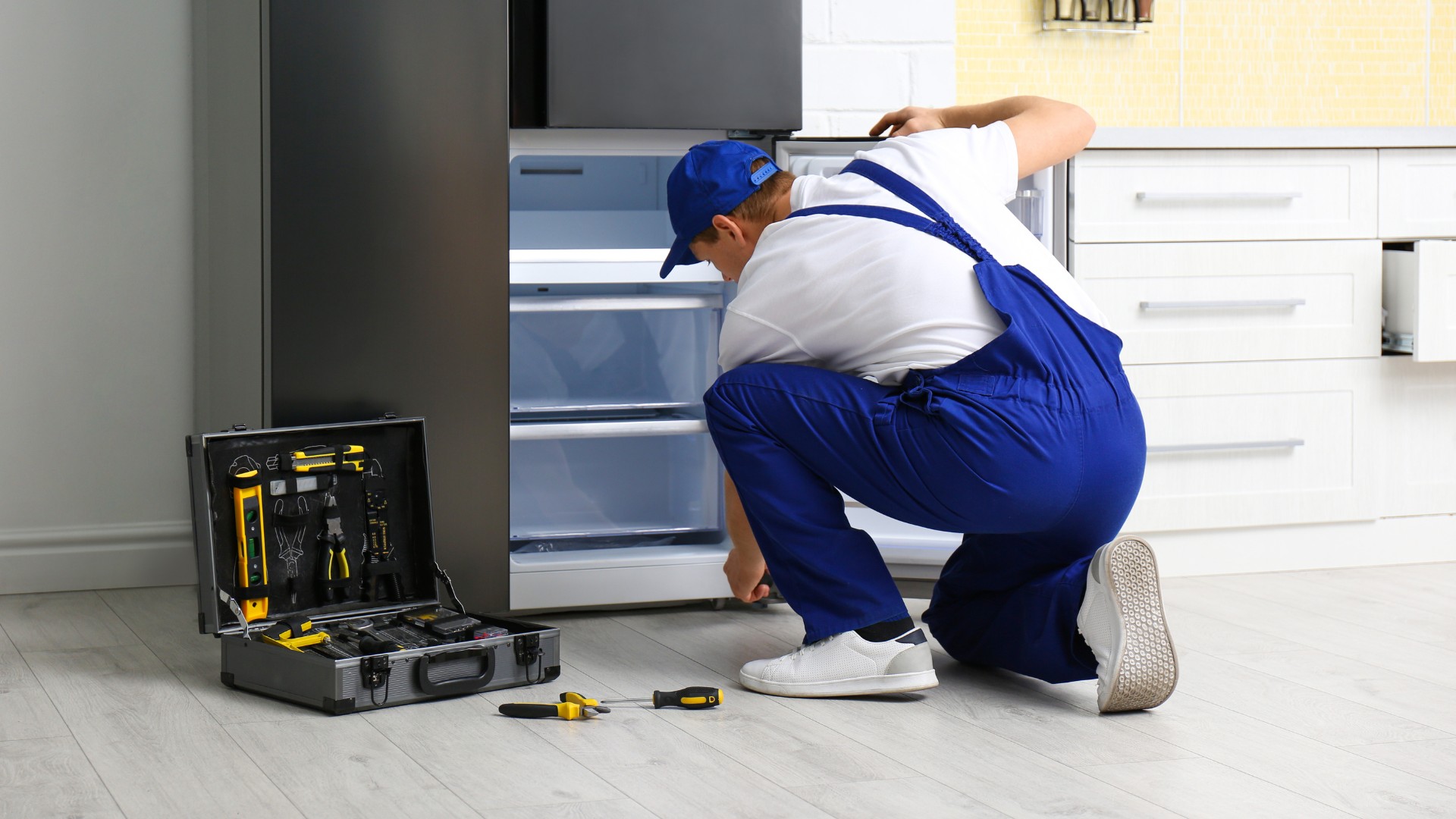
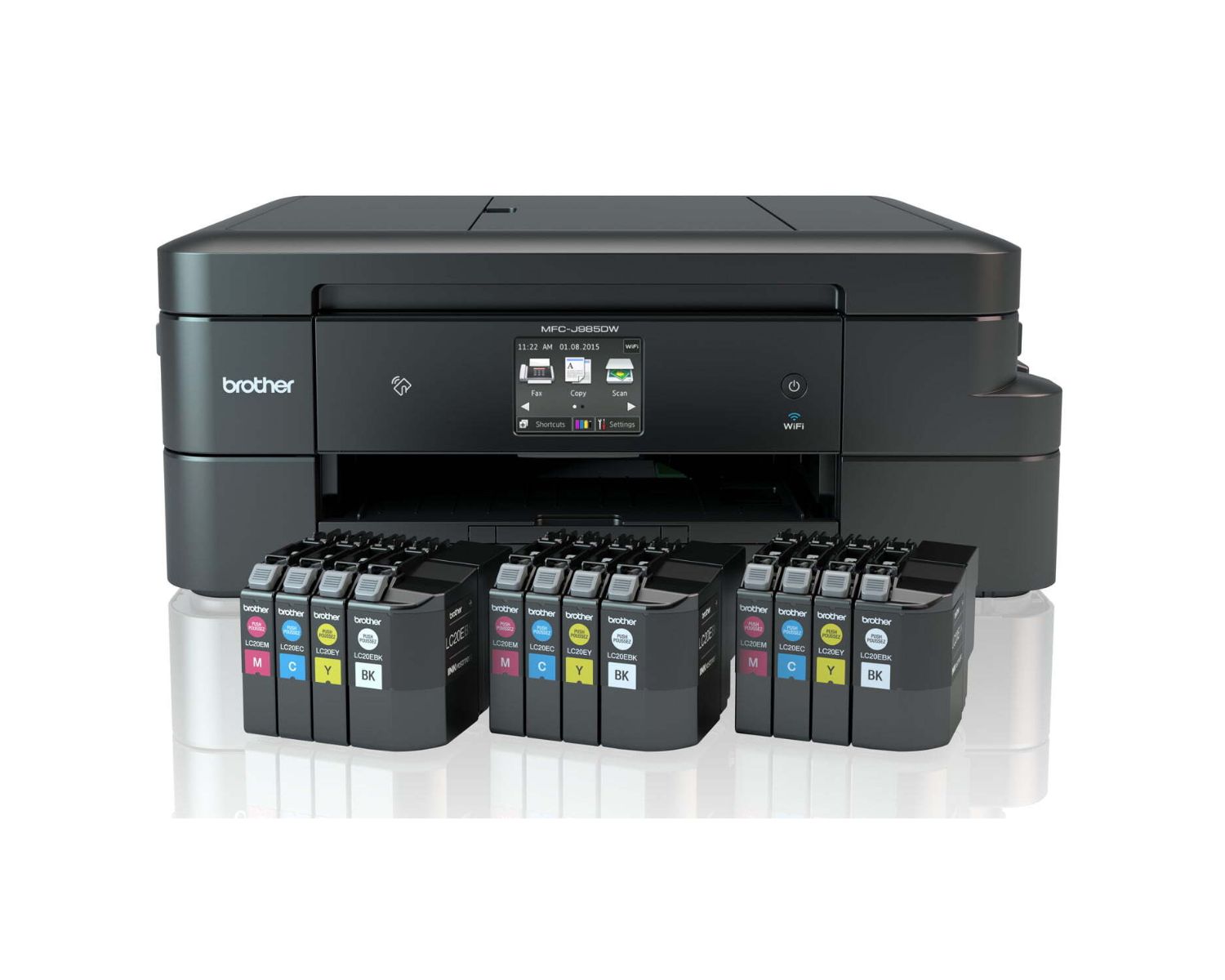
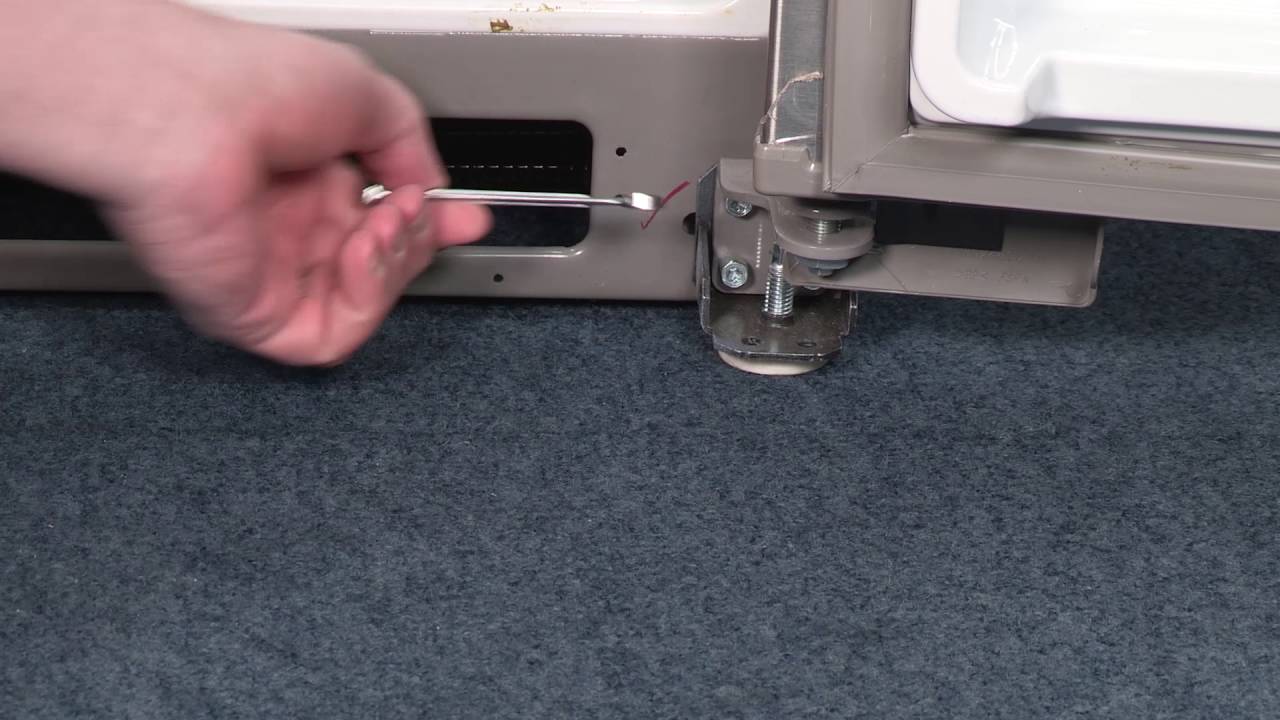
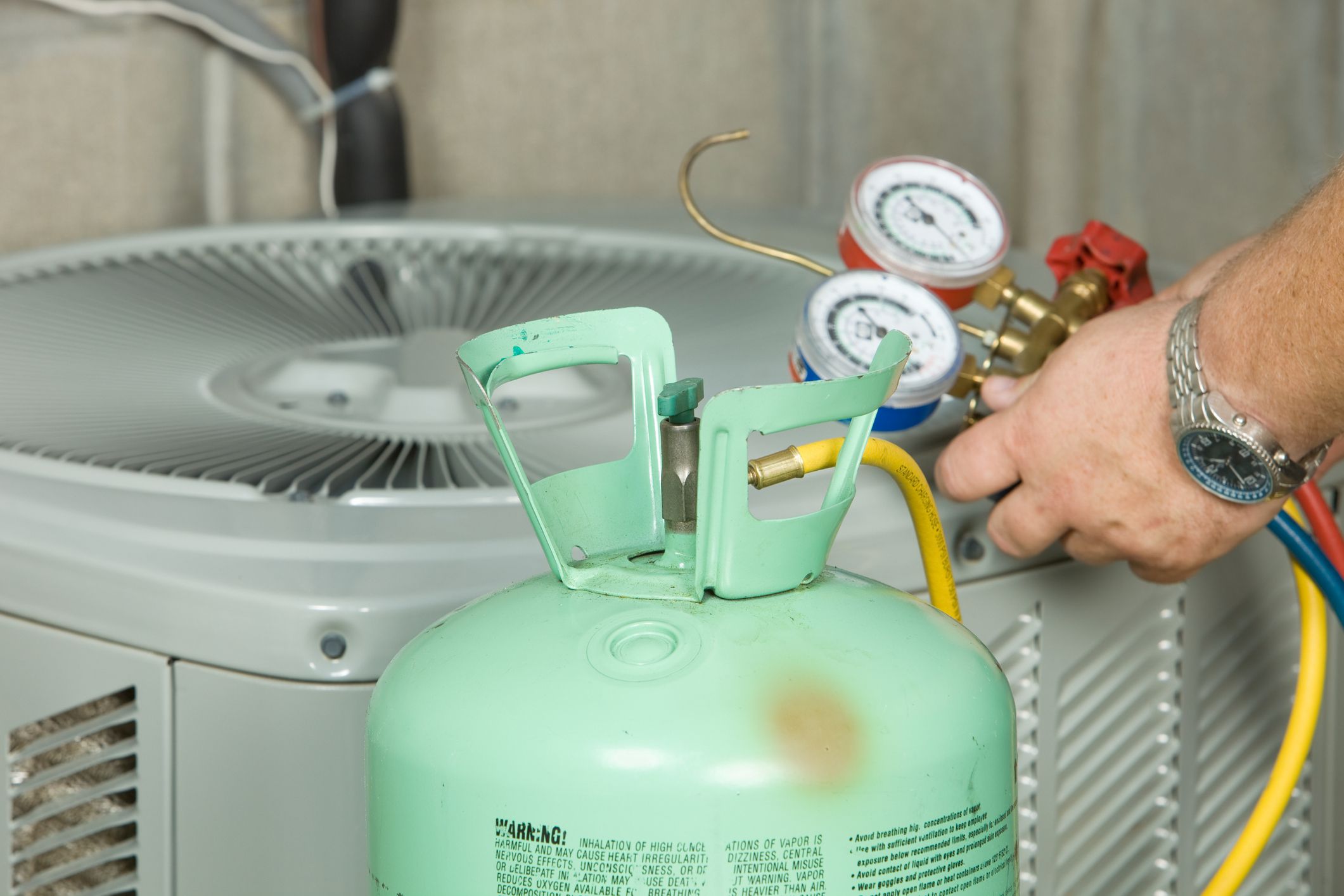


0 thoughts on “How To Check Refrigerant Level In HVAC”